You are here
Valley river Svie.
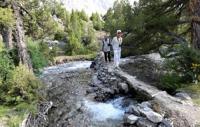
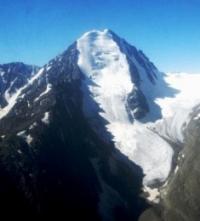
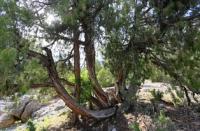
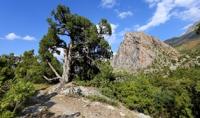
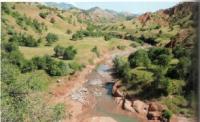
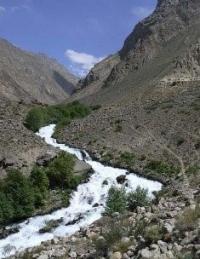
Tours in Zaalai ridge.
“Not all those who wander are lost”
J.R.R. Tolkien.
Tours to Pamir mountains.
In July-August 1953, an expedition group organized by the High-Hedge Research Commission of the Moscow branch of the Geographical Society of the USSR visited the western part of the Zaalai range. The starting point of our journey was Stalinabad, the beginning of the caravan route - the regional center of the Garm region of the Tajik SSR - the village of Jirgatal.
The Svie River originates from the glaciers of the Koz-Korgon peak (5450 m), rising in the Zaalai ridge. It has a right tributary Kzylkelsu, also flowing down from the main ridge, and a small tributary to the Kashkasu. The total length of the valley is about 17 km. In the lower reaches (from the confluence of the Kzylkelsu river to the mouth).
The river flows in a narrow V-shaped gorge, located at an altitude of 2500 - 2700 m. The gorge is overgrown with shrubs, poplar groves and juniper thickets; on dry places located among the forest, there is a curious combination of steppe vegetation (kobyli) and forest forms.
The exposed slopes of the valley consist mainly of red brown and yellow brown rocks, with the red brown strata everywhere located below the brown yellow. Numerous minor tributaries form ravines with steep slopes.
Above the confluence of the river. Kzylkelsu and before the confluence of the river. Kash-Kasu for 2.5 km (2700 - 3000 m) of the slopes of the valley. Its asymmetrical, the steep left bank is covered with yellow brown talus, the right bank forms an inclined terraces steeply terminating to the river.
This terrace was overgrown with luxurious high-rise juniper forest, representing as a natural reserve. That is why a transparent stream of Kashkasu winds in the forest. Above the gorge, Svieh sucks, on its almost bare slopes there are only separate groups of trees, in the upper part of the slopes one can see the curtains of the creeping juniper.
Starting from an altitude of 3200 m, the valley bottom becomes almost flat and the riverbed is very narrow. Passing up the valley, you approach the glacier. The structure of this glacier is interesting: it stretches along the slope of the main ridge and consists of two parts, separated by transverse rocky scree ledge, located just at the foot of Koz-Korgon peak.
The upper part of the glacier, indented by numerous cracks and three glaciers, hangs down from this ledge; the bottom is ice. We proposed to call it “the Koz-Korgon glacier” by the name of the summit rising above it.
Valley tributary. Swie - p. Kashkasu is an inclined chute, forming several ledges and descending from 4,100 to 3,100 meters over a length of 4 km. The upper part of the canopy. The river feeds on a small glacier that crawls from the slopes of the Zaalai ridge spurs.
The second tributary of the river flows through one of the most beautiful valleys of the area. Swie - p. Kzylkelsu. This wide (not less than 1.5 km) along the entire length of the valley is also asymmetric, like the Svie valley, its left bank is steep and covered with talus, the right is an inclined terrace, representing as it were, a combination of several exhaust cones, overgrown juniper forest.
Numerous streams flow through the forest. The soil is swamped in places. This is mainly due to the presence of clay deposits that do not allow water to pass through. To the north of the forest, bizarrely eroded cliffs rise, composed of red brown tertiary sediments and cut through several steep gorges.
At an altitude of about 3200 m the forest ends, the valley rises abruptly, forming ledges, on the first of which, among the gentle hills of the left bank, there is a small lake with red water, about 100 m long and 50 m wide. The depth of this lake does not exceed 1 m.
On the opposite bank of the river, on the open terrace, there is a large Chabansky parking lot. Above it, the slope of the gorge forms the mouth of a step of a right, rather significant inflow, along the wide valley of which passes the path to the pass to the neighboring valley of the r. Tomash.
Upper part of the valley. Kzylkelsu consists of two circuses. Two small glacier lying in the southwest circus feed the main sources of the river. The languages of these glaciers descend to 3,700–3,800 m. The most significant glacier, 1.5 – 2 km long, descends from the slopes of Svie peak to the northeast circus.
This glacier has a small firn basin, ending on top of a low snow wall, descending from a saddle in the Zaalai ridge. Through this saddle height of about 4500 m in the south-west direction is clearly visible array of peak Korzhenevskaya.
After visiting the headwaters of the Kildyk, Svie and Kzylkels valleys, we returned to the Kzylsu valley, rounded the western extremity of the Zaalai mountain range and passed to Hodzhitou. Anyone who visits this area can be advised to climb from the village of Lyakhsh to the Dzholterek pass, from where one of the most spectacular panoramas of the West Pamir opens.
And further to the west only the most beautiful peaks of Peter the Great range rise - the peaks of Tyndall, Agasits, Severtsov, still awaiting their winners.
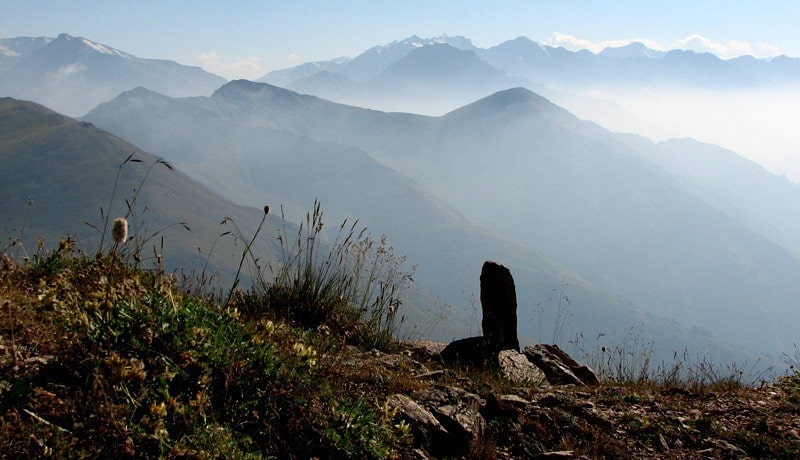
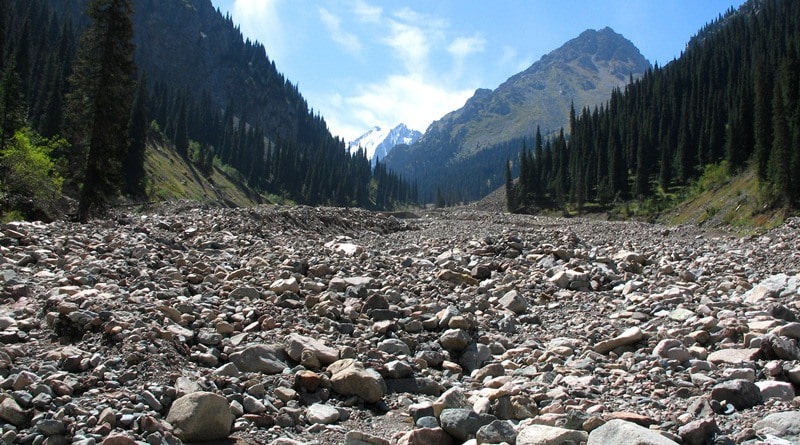
Enlightener:
V.V. Nemytsky "A trip to the Zaalai ridge." 1953.
Photos by
Alexander Petrov.







